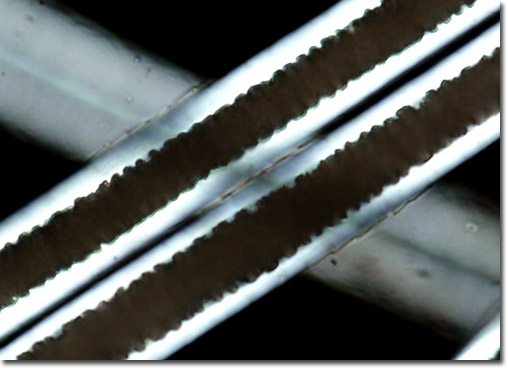|
Inhabitants of parts of Africa and Asia, leopards have become threatened or endangered in most of their range. The dire situation of these beautiful animals stems in large part from human exploitation. The bones of the animals are, for instance, often sought after for use in traditional Asian medicines, and their fur is highly valued in the fashion industry. Leopard fur was in particularly high demand in the 1960s, when Jacqueline Kennedy’s leopard coat designed by Oleg Cassini spawned a fashion craze. The tremendous number of spotted animal skins that were sold in the world market as a result of an item he fabricated, however, led Cassini to develop a line of faux fur in an attempt to provide a more humane and inexpensive alternative. Over the subsequent years, many restrictions have been placed on the sale and purchase of leopard skins in many countries, and faux varieties have become increasingly popular. Nevertheless, demand for the genuine article stubbornly persists.
|
